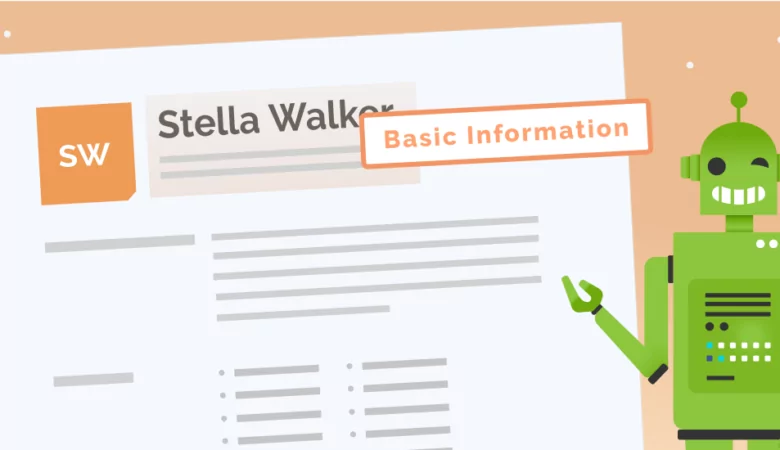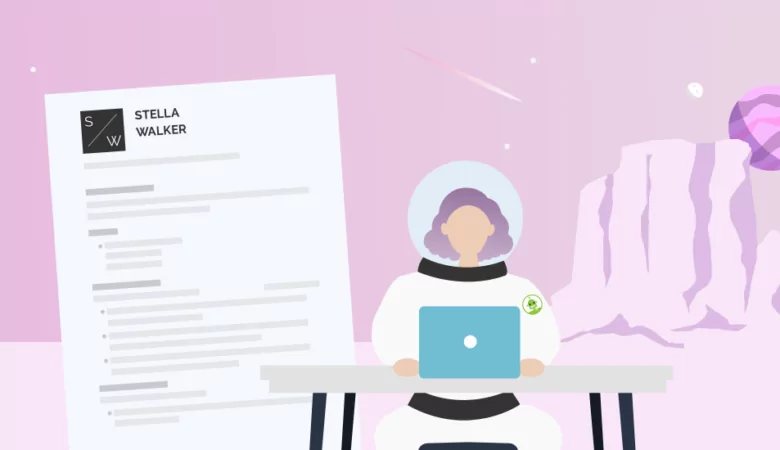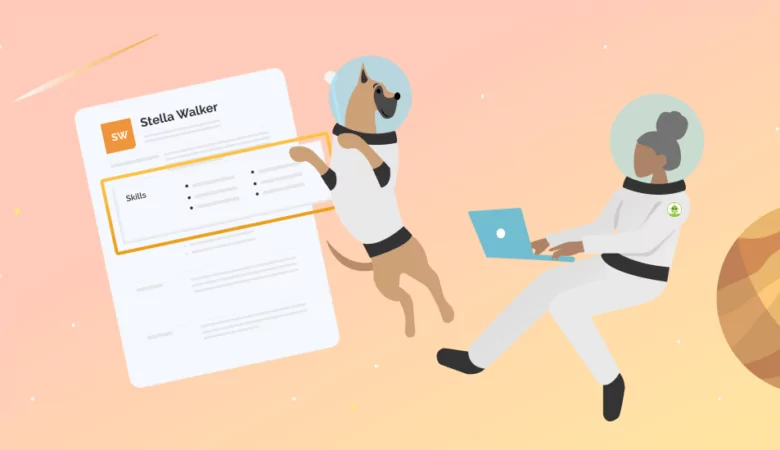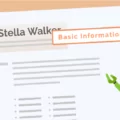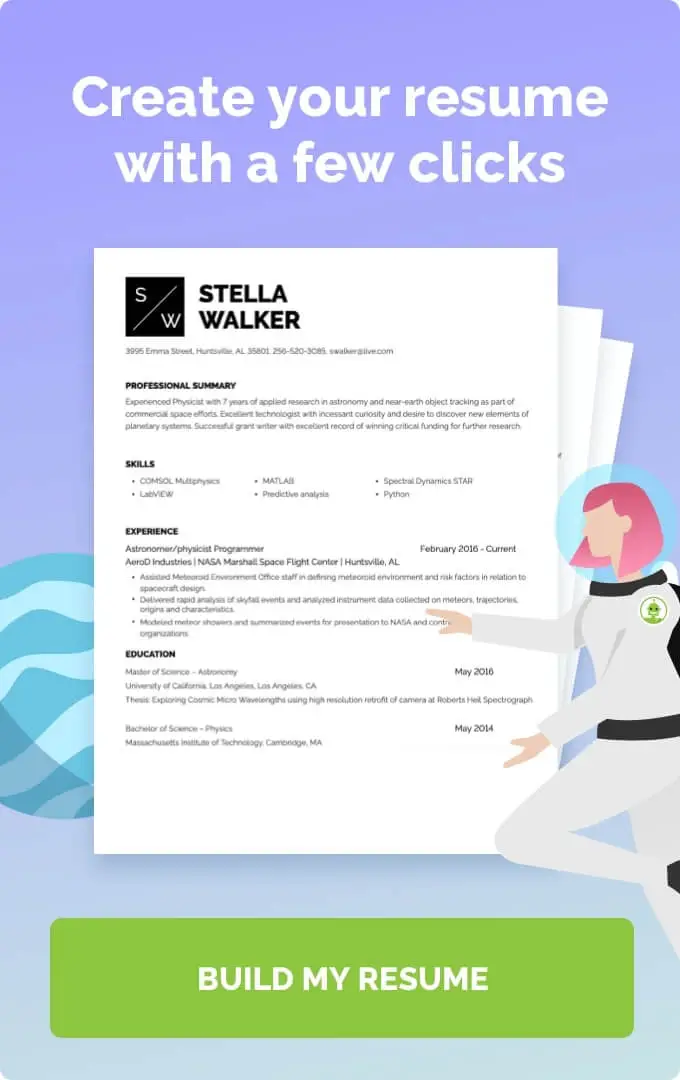Job seekers who don’t have time to craft the perfect resume should write a simple resume. Here’s how to write an effective, simple resume for your next job search.
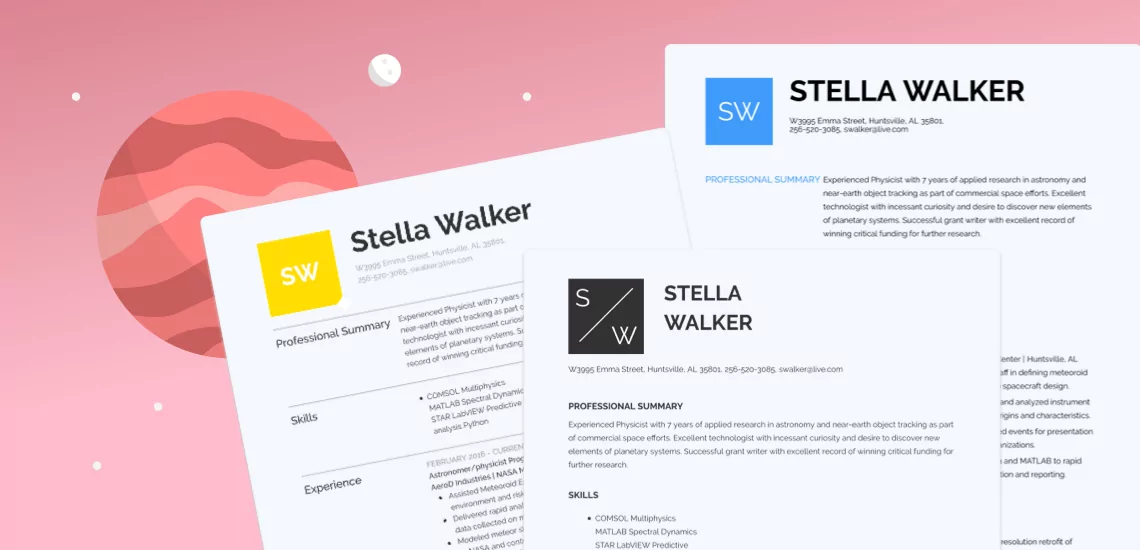
Use These Simple Resume Templates
Simple Resume Templates
Minimalism is a trend that is seeping into the corporate workforce. When it comes to writing a resume, should you stick to a minimalist aesthetic? Can a simple resume really help you stand out to recruiters?
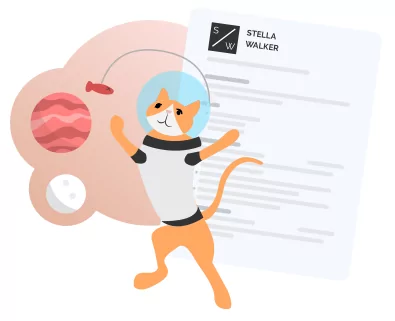
What Is a Simple Resume?
As its name implies, this resume design doesn’t require any fancy graphics or fonts to qualify as a functional resume. Rather, it focuses the reader’s attention on the content of the resume itself. Job seekers that don’t have a lot of time to write a new resume for every new job they want to apply to will especially benefit from a simple resume format. You don’t need to be a graphic designer to craft the perfect resume. You just need to present the right mix of skills and qualifications.
When Do I Need a Simple Resume?
The minimalist design of your simple resume is more than just a time-saver. It can also help your resume get past an applicant tracking system (ATS). These systems are designed to scan for specific keywords in a resume to determine if the candidate is truly qualified for the role or not. Fancy resume designs can confuse the system and mark your resume as unsuitable for the job.
It’s often the case the best resume templates to use are the simplest ones. Once the resume passes through an ATS, recruiters will find a simple design easy to scan and more accurately assess whether or not your qualifications match the job description.
Remember that you will still need to customize your resume after choosing a simple resume template. Adjust your skills and work experience to prove that you are the perfect candidate for the job.
Simple Resume Format
Many different types of resumes (including basic resume templates, creative resume templates, and combination resumes) utilize the same resume format throughout. There are five basic resume sections to include:
Header
- Resume summary
- Skills section
- Work experience section
- Education section
- Header
The header of all types of resumes should contain your relevant contact information, such as:
- Your full name
- Your address
- Your phone number
- Your email address
More elegant resume templates will create a stylized header that tries to catch the hiring manager’s attention. Simple resumes, on the other hand, will use a straightforward presentation for the header.
Resume summary
The resume summary is a short paragraph that introduces your most relevant skills and professional experience. It gives the hiring managers a clear idea of who you are as an employee and how you are the best fit for the role.
Skills
In this section, you should list a good mix of hard skills and soft skills that relate to the job. It’s best to study the job description for any keywords that you can pull for your job application. These keywords can help you pass through applicant tracking systems (ATS) and get your resume in front of a real person.
Work experience
Your work history should feature roles that are similar to the job you’re currently applying for, or feature similar responsibilities. For instance, a sales associate can apply for a sales manager position with enough experience. Depending on your experience within a specific field, you should either create a functional resume or a reverse-chronological resume.
The functional resume is best for entry-level job positions that don’t require much job experience. Oftentimes, candidates who apply for these types of positions will have little to no work experience, so emphasizing your skills and education will make more sense.
Reverse-chronological resumes, also called chronological resumes, are best suited for those with more experience. If you are applying for a higher-level position, recruiters will be more interested in your more recent work experiences than in your skills or even the education programs you’ve completed.
Education
The education section should contain the college or university you graduated from, along with your degree and any academic accolades you earned. You should also list any certifications you might have within this section as well. Certifications can add credibility to your resume and put you ahead of other candidates who don’t have those same qualifications.
FAQs: Simple Resume Templates
Resume writing can be a chore, even if you’re using a simple resume template borrowed from MS Word or Google Docs. No matter what style you use, however, the resume length should be no longer than one page, at the most. Some resumes can extend to two pages long if you want to add more work history and have years of experience to back up your credentials.
The cover letter gives job seekers the chance to talk about why they are the perfect fit for the job. It’s a concise, one-page letter that can show off your communication skills, work experience, and other relevant information to help you land a job interview.
If you’re writing a simple resume, then you need a matching cover letter, too. Use our cover letter builder to create a cover letter with a style that complements your resume.
You can find dozens of professional resume templates and resume examples in a resume builder tool. Using a resume builder tool can help you figure out exactly how to word your next resume to land your dream job.
Resume builder tools are great for creating simple resumes since they can help you craft each section’s content to be more ATS-friendly. Building a classic resume has never been easier.

